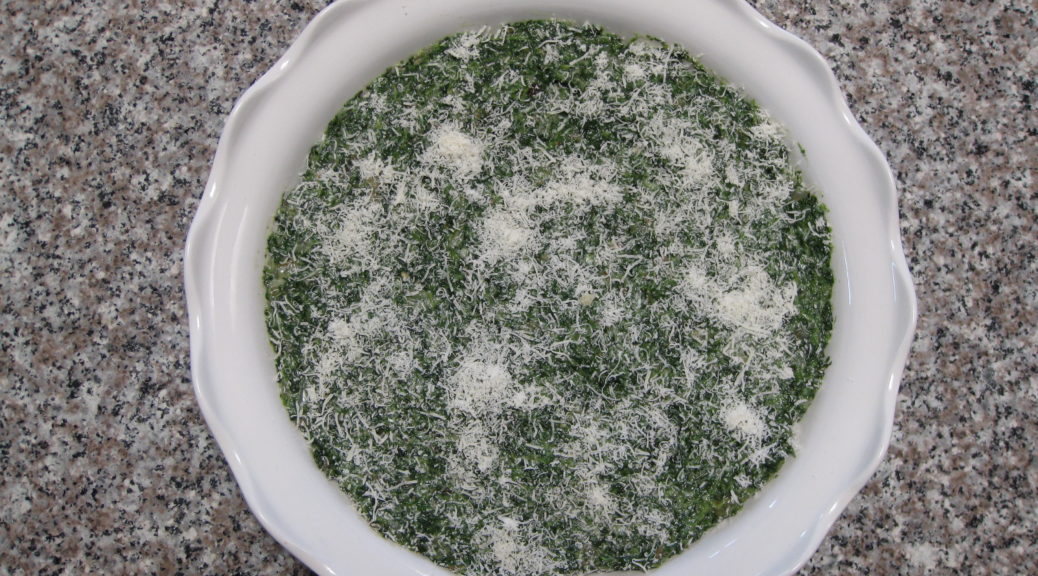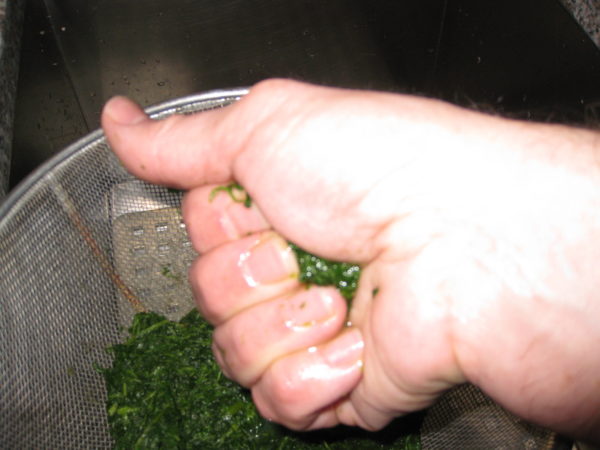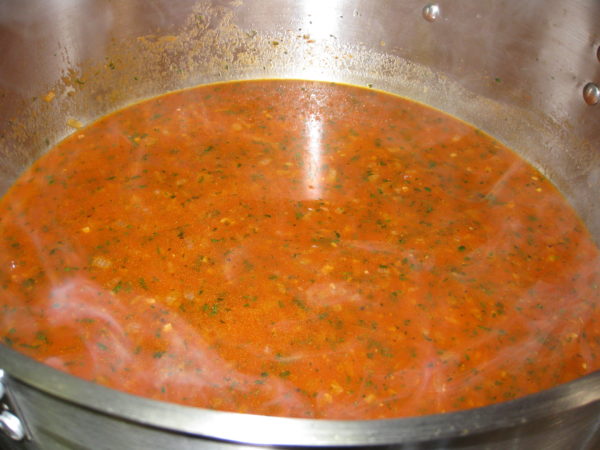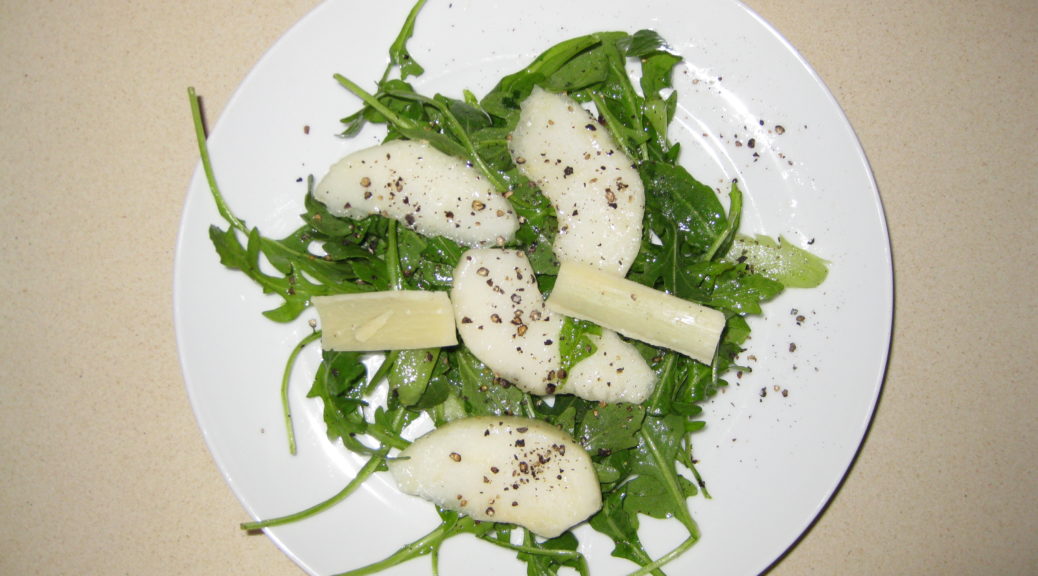February 13, 2017
On the whole, Italians like bitter greens. In fact, Italians like bitter flavors in general. For example, consider classic Italian digestifs of Fernet Branca and Ferrochina Bissleri. Less bitter drinks include Cynar.
Rapini is a bitter green. As with many foods, names vary. Rapini can also be called Broccoli Raab, Broccoli Rabe, and Cime di Rape. While some authorities say that Broccolini and Baby Broccoli are also Rapini, I have found that in American markets, these greens are usually less bitter than Rapini. I suspect that a different variety of green is marketed under these names in the US.
Greens with olive oil, garlic and red pepper is a classic combination. With the addition of some anchovies, it makes a wonderful sauce for pasta, especially orecchiette.
In 1989 I moved to Chicago to assume the position of Medical Director of Chicago-Read Mental Health Center. At the time, it was the second busiest psychiatric facility in the country. (Only New York City had a busier psychiatric facility.) The hospital was on the northwest side of Chicago close to both Italian and Polish neighborhoods so lunches with co-workers were always gastronomically rewarding.
I remember one lunch, early on in my tenure as Medical Director, at a nearby Italian restaurant. The executive leadership team when out. I ordered Rapini with Garlic and Oil for my antipasto. What I got was an Italian-American sized portion of greens in a garlicky, surprisingly spicy broth with lots of bread on the side.
It was glorious.
This version is more restrained. It is what we serve at home. However, feel free to amp it up with more olive oil, garlic and red pepper if you’d like. You can also leave a little more liquid in the dish to sop up with bread, if you’d like.
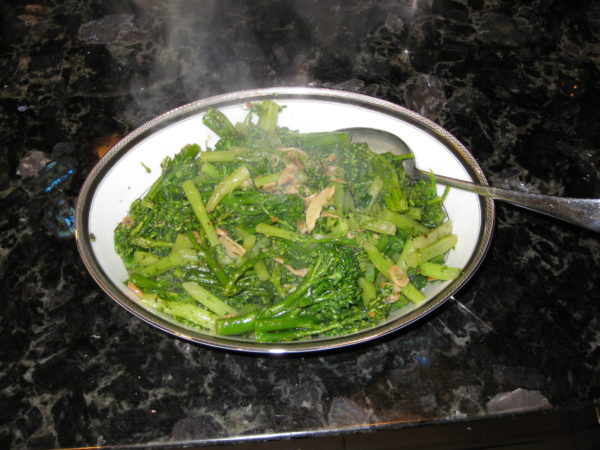
| Prep Time | 30 minutes |
| Cook Time | 25 minutes |
| Servings |
people
|
- 1 pound rapini
- 3 tablespoons salt
- 1/3 cup extra virgin olive oil plus more for drizzling
- 4 cloves garlic
- 1/2 teaspoon crushed red pepper or to taste
- 1/4 cup white wine
- salt to taste
- black pepper to taste freshly ground
Ingredients
|

|
- The starting point: rapini from the market.

- Cut the very ends off the rapini stems.

- Find the part on the stem where it begins to branch in a major way. Cut crosswise at this point.
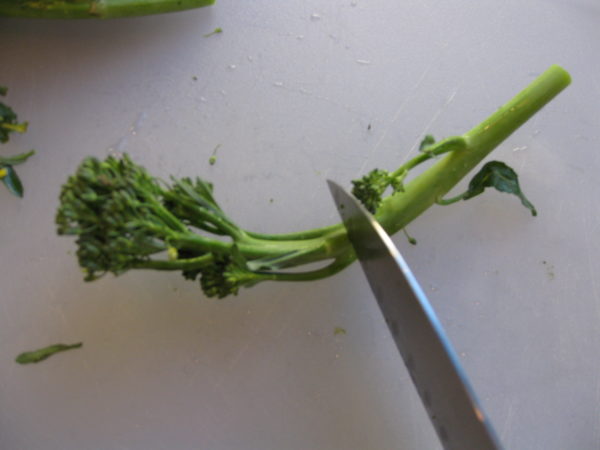
- If there are any little offshoots below the cut, remove them. Combine the little offshoots with the tops. Keep the bottom stems separate from the tops.

- Remove the outer layer of the peel from the bottom stems. To do this, look at the bottom of the stem. You’ll see a dark green layer surrounding a lighter green center. Insert a sharp paring knife into the stem just where the dark green ends.
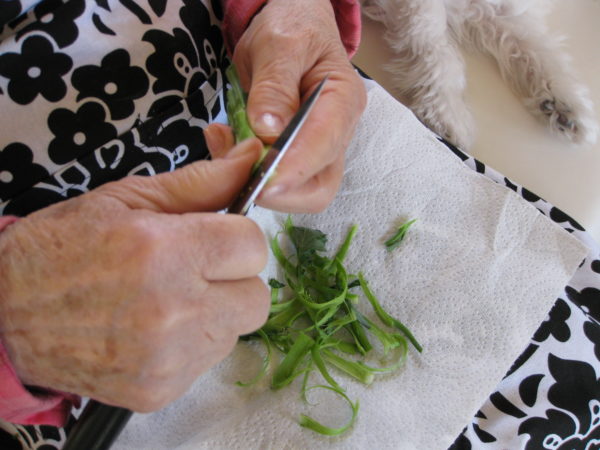
- Grab the peel between your thumb and the knife and pull down to remove.


- Cut the peeled bottom stems into pieces approximately 1 ½ inches long.

- You do not need to peel or cut the tops.
- Bring three quarts of water to the boil. Add three tablespoons of salt.
- Put a bunch of ice cubes in a large mixing bowl add cover with water. Set the ice water aside.
- Add the stems to the boiling water. Return to a boil. Cook for 3½ to 4 minutes if you are near sea level but up to five minutes if you are at high elevation. They are done when they are toothy but have lost their crunch.
- Using a perforated ladle, remove the stems from the boiling water and put into the bowl of ice water to stop cooking.
- Add the tops to the boiling water. Return to a boil. Cook for about 2 minutes if you are near sea level but up to three minutes if you are at high elevation.
- Using a perforated ladle, remove the tops from the boiling water and add to the bowl of ice water along with the stem ends.
- Thinly slice the garlic crosswise and reserve.
- In a large sauté pan, heat 1/3 cup of olive oil over medium heat. Add the garlic, turn the heat to low, and sauté gently until the garlic is golden. Add crushed red pepper and continue to sauté until the garlic is light brown.

- Add the wine. The dish can be made ahead to this point. If doing so, immediately remove the garlic-wine mixture from the stove. The addition of the wine will stop the garlic from over-cooking. When resuming, or if you’re not taking a break at this point, bubble away the wine over medium heat until only oil is left in the pan.
- Drain the rapini.

- Add the rapini to the garlic and oil. Season with salt and freshly ground black pepper. Cover and cook briefly until heated through.
- If the rapini are not cooked enough to your taste, cook a bit longer. If necessary add a tablespoon or two of water.
- Adjust seasoning.
- Pour into a serving bowl and drizzle with a few tablespoons of olive oil. Serve immediately.

Copyright © 2017 by VillaSentieri.com. All rights reserved.











































